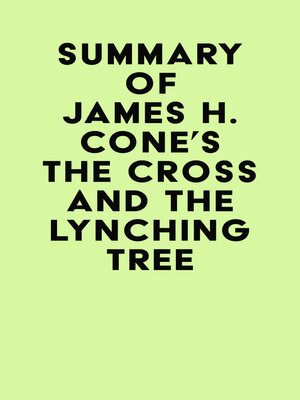
Sign up to save your library
With an OverDrive account, you can save your favorite libraries for at-a-glance information about availability. Find out more about OverDrive accounts.
Find this title in Libby, the library reading app by OverDrive.



Search for a digital library with this title
Title found at these libraries:
| Loading... |
Please note: This is a companion version & not the original book.
Book Preview: #1 The crucified savior is the central paradox of the Christian story. It is absurd to believe that hope comes from a place called Golgotha, which was a place of the skull, but it is deeply real in the hearts of black people.
#2 Lynching was a form of extralegal punishment that was sanctioned by the community. It was not considered an evil thing, but a necessity for communities to protect themselves from bad people.
#3 After the Civil War, and the end of slavery, lynching became more common in the South, as whites felt insulted by the idea that they might have to share power with black Americans.
#4 After the Civil War, white southerners were no longer under federal supervision, and they were free to take back their region. They did so by creating a rigidly segregated society where being black was a badge of shame with no future.






